The 9 Must-See Places in the Inland Portugal
Montalegre
In the middle of Peneda-Gerês National Park, this region offers stunning landscapes, where nature still retains all its charm. The village of Montalegre is dominated by the castle built in the 19th century. XIII on remains of an older fortification, which demonstrates the importance of this place as a strategic point of defense of the territory.Village of Negrões
On the south bank of Albufeira do Alto Rabagão is Vilarinho de Negrões , one of the most picturesque villages in the whole region, for its still relatively preserved houses and, above all, for its location on a narrow and beautiful peninsula - a small piece of land saved from rising waters.
Junias Pythons
Located in the Peneda-Gerês National Park, in the beautiful municipality of Montalegre, Pitões das Júnias is one of the most traditional and picturesque Transmontan villages, which has managed to keep its small population and the medieval aspect of stone buildings over the centuries. , being one of the main tourist attractions of this region in the summer months, already having some eco tourism units.Vidago
Prestigious spa, Vidago was in the 19th century. XIX the favorite of the Portuguese court, and is therefore considered the “queen of the Spa”. The spa hotel, the grand and elegant Palace of Vidago, stands in the middle of a leafy park and retains an aura of the belle époque.keys
Lamego
Bragança
Situated in the far northeast of Portugal, Bragança is an ancient city whose castle still retains a medieval urban core within the walls. Entering the citadel or square of arms through the Porta da Vila, we soon find the Pillory, based on a Lusitanian barn reminiscent of the regions Celtic origins. In the gigantic Keep, which in the Middle Ages guarded the borders, the military museum also tells the story of the castle, built by D. João I on foundations of the former that the first king of Portugal, Afonso Henriques, had built.Rio de Onor
Included in the perimeter of the Montesinho Natural Park is undoubtedly the most emblematic village of the northeastern end of the county. It is bounded by neighboring Spain on the north and east flanks, with counterparts Aveleda and Deilão confronting from the west and south. Rio de Onor is an emblematic case, reinforced by its border position, with the Spanish namesake, - Rihonor de Castilla.Montesinho
Montesinho is a typical transmontana village, located in the foothills of the Serra de Montesinho, about 1000 meters high, in the Montesinho Natural Park. Let the serenity of this village seduce you and spend a few days in one of the granite houses adapted for tourism, with slate roofs and wooden balconies, open to the mountains!
Outros Artigos Populares no Blogue
-


The 12 best dishes of Portuguese cuisine
Cod held up better on long sea voyages than many of the best sailors. Nowadays, there is no good Portuguese restaurant where this fish... -


The 12 Best Holiday Resorts in Portugal 2020
As one of Europes top tourist destinations, Portugal is blessed with some truly remarkable vacation resorts. Most of them are along the coast, ... -


The 5 most beautiful cathedrals in Portugal
Jeronimos Monastery www.mosteirojeronimos.pt ): More than any other ecclesiastical building in Portugal, this complex represents the w... -
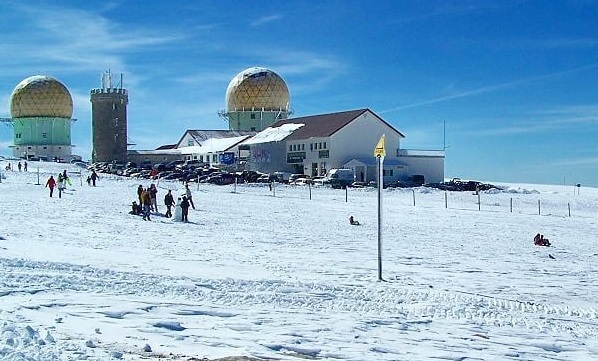

8 must-see places in Serra da Estrela sky
Loriga is known as the “Portuguese Switzerland” due to its extraordinary landscape and geographical location. Surrounded b... -
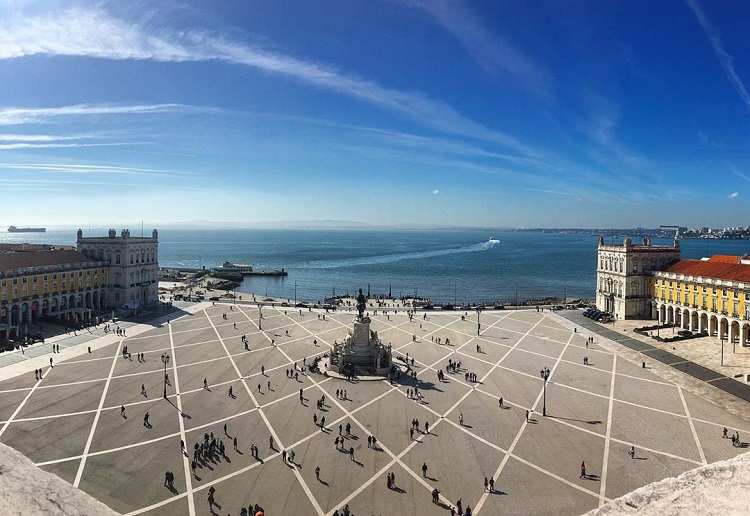

39 things to do at least once in your life in Lisbon Portugal
1- Riding the tram 28 2- Eat snails in the Julius of Snails 3- Have an ice cream in Venetian 4- Spend the afternoon facing the Tagus 5- Se... -
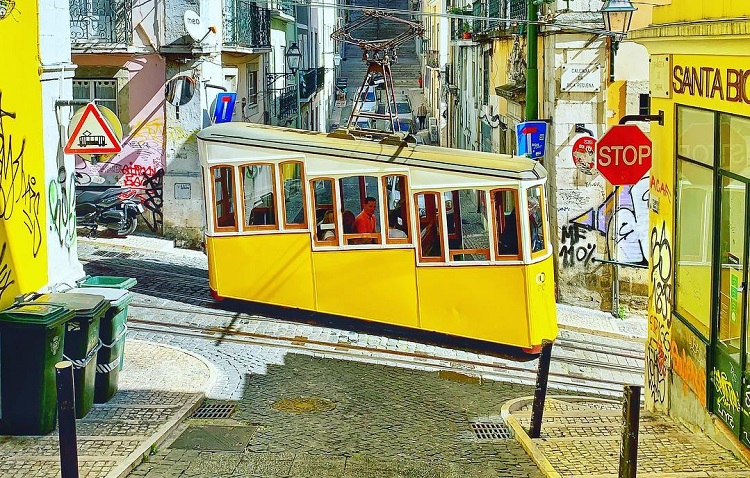

The most beautiful lift in the city Lisbon Portugal
One of the emblems of Lisbon is its electric cars, which have been in operation since the late 19th century. From this picturesque transport syst... -
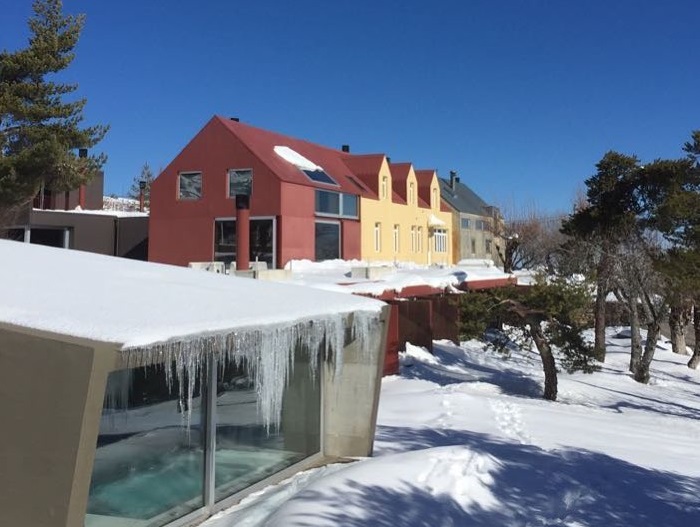

9 environmentally friendly hotels to discover in Portugal
1. Quinta da Bouça dArques - Village of Punhe, Viana do Castelo In the north of Portugal you will find a wonderful farm where sustaina... -
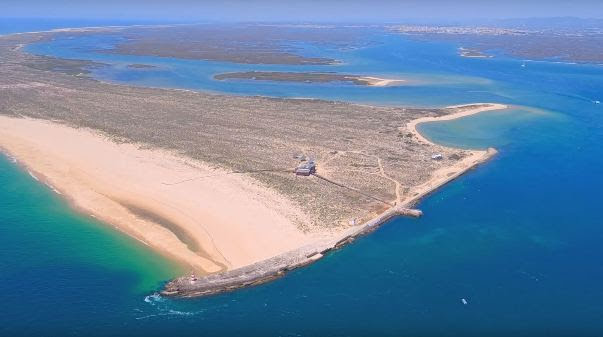

Get to know Ilha da breatra, one of the most beautiful attractions in the Algarve Portugal
Integrated in the Ria Formosa Natural Park, Culatra Island is one of the barrier islands that separate the sea from the Ria. Being only accessibl...
